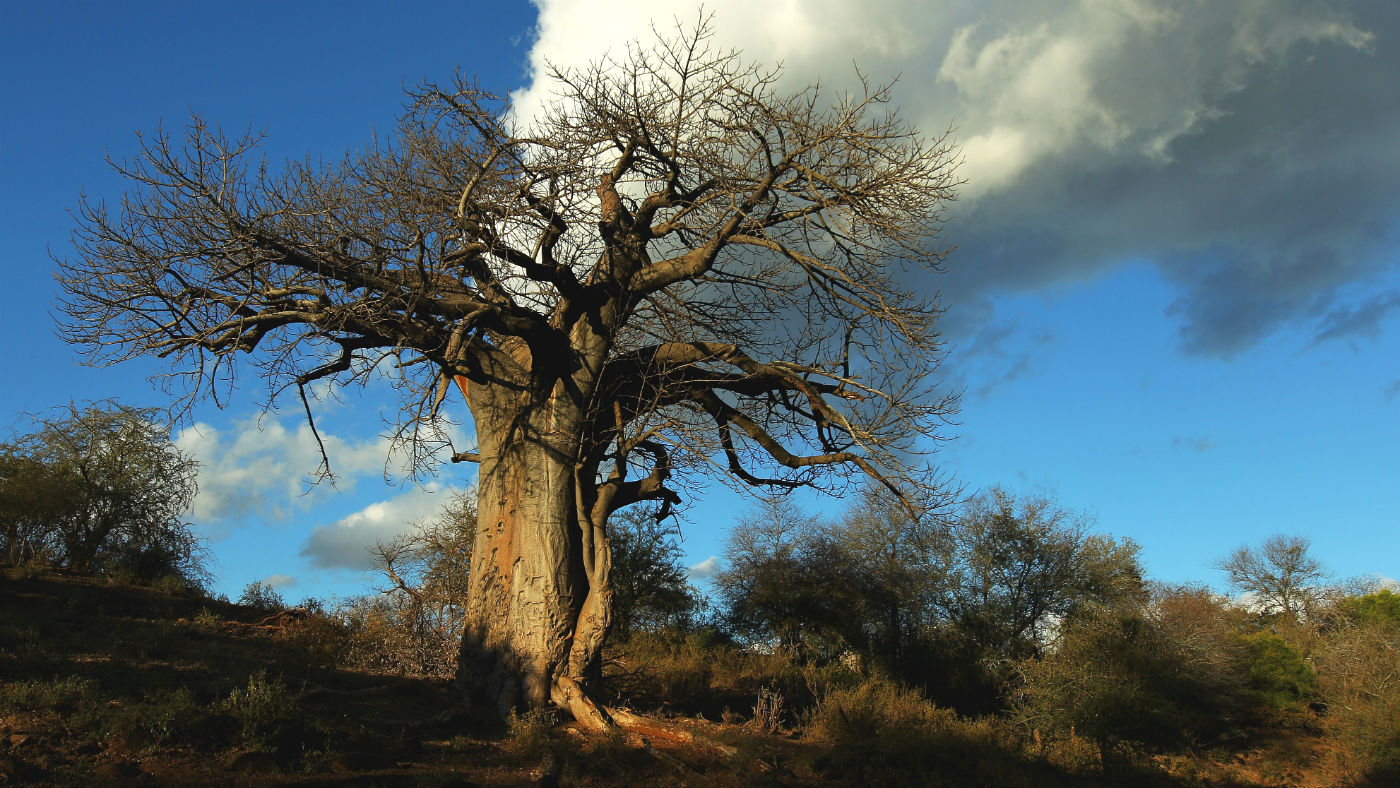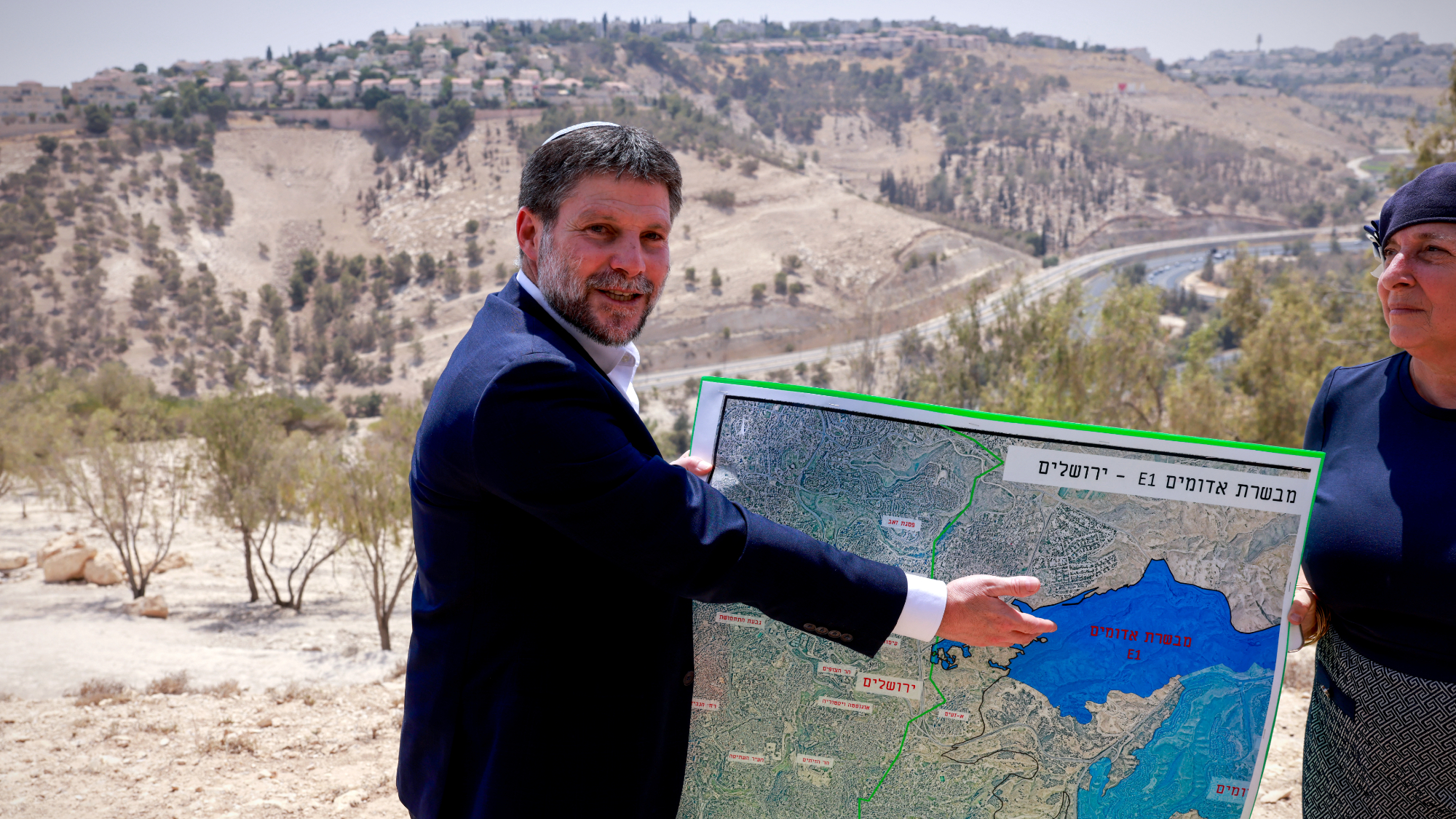Why are Africa’s baobab trees dying?
Majestic trees appear to be in sudden decline after thousands of years

Despite typical lifespans of hundreds or even thousands of years, Africa’s baobab trees are dying off rapidly, according to a new study by ecologists.
Also known as upside-down trees, baobabs, with their distinctive bulbous trunks and spindly branches, are synonymous with the African bush, where the vast majority of them are found.
Some of the largest are more than 20m wide - one specimen in South Africa known as the Platland housed a bar until it began to rot and split apart in 2016.
The Week
Escape your echo chamber. Get the facts behind the news, plus analysis from multiple perspectives.

Sign up for The Week's Free Newsletters
From our morning news briefing to a weekly Good News Newsletter, get the best of The Week delivered directly to your inbox.
From our morning news briefing to a weekly Good News Newsletter, get the best of The Week delivered directly to your inbox.
The baobab is “often referred to as the ‘tree of life’ for its ability to produce nutrient-rich fruit even during Africa's harsh dry season”, says CNN, and its longevity is legendary. The oldest living members of the species date back to the time of the ancient Greeks.
Now, however, death seems to be catching up with them.
Between 2005 and 2017, researchers documented and monitored 60 of the largest baobabs in southern Africa, including a handful believed to be more than 2,000 years old. Since the study began, nine of the 13 oldest have died or partially perished.
This represents a “shocking and dramatic” decline, says the study’s co-author, Adrian Patrut of the Babeș-Bolyai University in Romania.
A free daily email with the biggest news stories of the day – and the best features from TheWeek.com
His study, published in the journal Nature Plants, suggests “that the demise of monumental baobabs may be associated at least in part with significant modifications of climate conditions that affect southern Africa in particular”.
Despite their hardy character, baobabs need water just like any other plant, and southern Africa has become hotter and dryer in recent years.
Disease is another potential factor, although “none of the fallen trees have shown signs of infection, and the pattern of their deaths doesn’t fit with a spreading contagion,” The Atlantic reports.
Plant pathologist Michael Wingfield told Nature that “we know very little about baobab health”, and ecologist David Baum said more evidence is needed to conclusively link the spate of deaths to climate change.
However, he told NPR, “it is very likely that human actions, whether by changing the local landscape or altering global climate, have contributed to the death of so many large baobabs”.
-
 The 8 best drama movies of 2025
The 8 best drama movies of 2025the week recommends Nuclear war, dictatorship and the summer of 2020 highlight the most important and memorable films of 2025
-
 Why, really, is Trump going after Venezuela?
Why, really, is Trump going after Venezuela?Talking Points It might be oil, rare minerals or Putin
-
 Israel approves new West Bank settlements
Israel approves new West Bank settlementsSpeed Read The ‘Israeli onslaught has all but vanquished a free Palestinian existence in the West Bank’
-
 How Bulgaria’s government fell amid mass protests
How Bulgaria’s government fell amid mass protestsThe Explainer The country’s prime minister resigned as part of the fallout
-
 Femicide: Italy’s newest crime
Femicide: Italy’s newest crimeThe Explainer Landmark law to criminalise murder of a woman as an ‘act of hatred’ or ‘subjugation’ but critics say Italy is still deeply patriarchal
-
 Brazil’s Bolsonaro behind bars after appeals run out
Brazil’s Bolsonaro behind bars after appeals run outSpeed Read He will serve 27 years in prison
-
 Americans traveling abroad face renewed criticism in the Trump era
Americans traveling abroad face renewed criticism in the Trump eraThe Explainer Some of Trump’s behavior has Americans being questioned
-
 Nigeria confused by Trump invasion threat
Nigeria confused by Trump invasion threatSpeed Read Trump has claimed the country is persecuting Christians
-
 Sanae Takaichi: Japan’s Iron Lady set to be the country’s first woman prime minister
Sanae Takaichi: Japan’s Iron Lady set to be the country’s first woman prime ministerIn the Spotlight Takaichi is a member of Japan’s conservative, nationalist Liberal Democratic Party
-
 Russia is ‘helping China’ prepare for an invasion of Taiwan
Russia is ‘helping China’ prepare for an invasion of TaiwanIn the Spotlight Russia is reportedly allowing China access to military training
-
 Interpol arrests hundreds in Africa-wide sextortion crackdown
Interpol arrests hundreds in Africa-wide sextortion crackdownIN THE SPOTLIGHT A series of stings disrupts major cybercrime operations as law enforcement estimates millions in losses from schemes designed to prey on lonely users